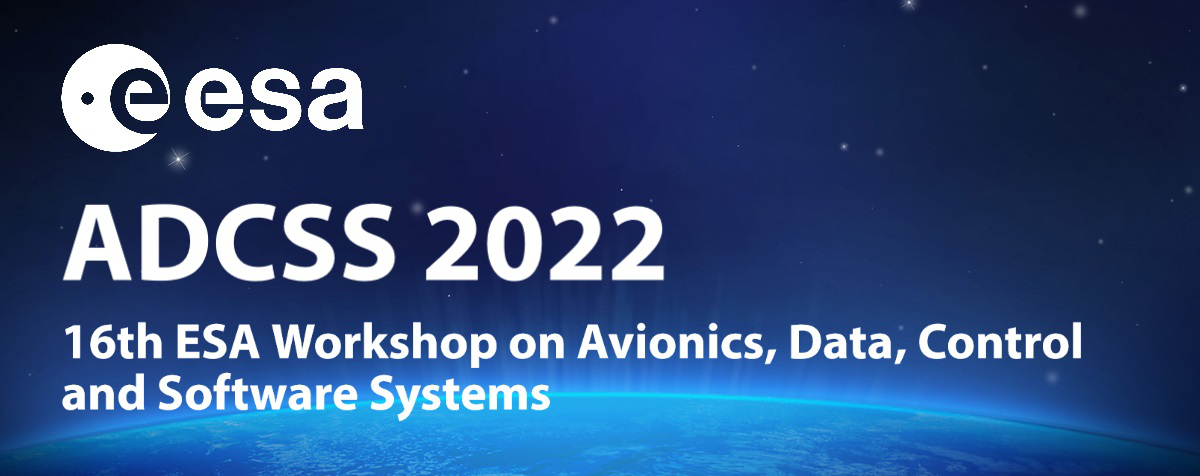Speaker
Description
Thales Alenia Space in the UK has been developing the SiREUS family of inertial sensors for over 15 years, with successful deployments includingCryosat 2, Sentinel-3, MTG and ExoMars rover.
The SiREUS GM20 is the latest evolution in the inertial family. It is a cost-effective, coarse-to-medium performance three-axis gyro for longduration missions of 10 or more years in adverse radiation environments including MEO/GEO. It comprises three MEMS rate detectors, each controlled by a dedicated Thales Alenia Space DPC microcontroller. The use of microcontrollers in place of FPGA and discreteanalogue conversion electronics has allowed significant cost reduction, whilst also providing enhanced observability/maintainability and the option of alternative bus interfaces including UART, CANbus and Mil-1553B. The selective use of up-screened COTS componentsprovides additional cost reductions.
High control loop iteration rates (up to 14 kHz), together with the relatively low clock rates achievable with the current generation of rad-hard processors, present a schedulability problem for a single-core microprocessor, as the numeric processing is a hard real-time activity that would not tolerate asynchronous interruption by the command/control interface. The DPC is uniquely well suited to thistype of application, as it is possible to allocate the real-time algorithm tasks and the asynchronous communications tasks to physically separate cores.
The SGM20 has been baselined for Space Inspire, the next-generation communications satellite platform which is being developed in partnershipwith ESA/CNES. EM models have been extensively tested since 2021 and shown to give equivalent or better performance than the previous generation. EQM and FM models are planned in 2023.
The presentation discusses the architecture and technology of the SGM20 and the rationale for some of the design decisions that resulted in agyro that can be integrated by 3rd parties. It provides details of the achieved gyro performance and its applicability to the next generation of telecom satellites and constellations.

